Last Chance to Catch NYC's Holiday Notalgia Train
We met the voices of the NYC subway on our nostalgia ride this weekend!


The days of the flagship New York City department store of B. Altman are numbered. At one time, the glamorous New York City department store was the height of fashion, filled with opulent spaces and genteel clientele. Attentive employees and over-the-top merchandise were hallmarks of this experience. Unfortunately, changing tastes doomed all but the biggest stores in the 1980s. For the past decade, online buying has also taken its toll on these historic structures. Once pillars of the New York department store scene, Lord and Taylor, Henri Bendel, and Barneys New York were shuttered in 2020. Although B. Altman and Co. was lost to bankruptcy thirty years ago, its allure and nostalgia still live on.
The “B” in B. Altman stood for art collector and owner Benjamin Altman. Leaving the family business, he opened his own store in 1865 on the Lower East Side. The store quickly grew and so did the need for a bigger building. Moving to a new location on 6th Avenue and 18th Street, B. Altman was now part of “The Ladies’ Mile.” Ladies’ Mile was where wealthy ladies shopped. Stores like Macy’s and Lord & Taylor also clamored for business. Eventually, New York society would migrate uptown, and so too did the department stores. Anticipating this move, the enterprising Benjamin Altman had quietly been buying land along 5th Avenue and 34th Street. B. Altman’s new location would be neighbors with The Waldorf Astoria Hotel and Macy’s. Today, if you look hard enough, you can see glimpses of that grand era of department stores in Macy’s Herald Square store.
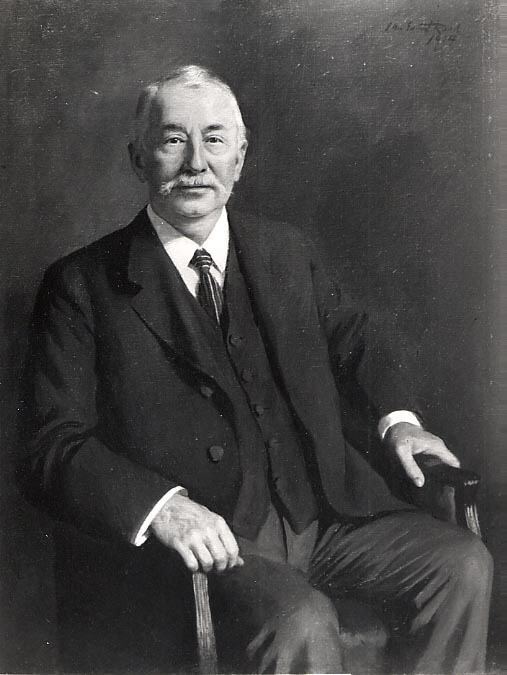
The architectural firm Trowbridge and Livingston, who designed John Jacob Astor’s St. Regis Hotel, was commissioned for the project. B. Altman and Co. would be built in the Italianate Renaissance style. The French limestone exteriors complemented the large plate glass windows. The storefront windows included tantalizing merchandise and clothing guaranteed to attract customers. Additionally, interiors were magnificent with dramatic mahogany wood staircases, Doric columns on the first-floor showroom, and beautifully detailed elevators. The massive store had eight floors that sold luxury items such as perfume, china, art, furniture, tailored clothes, coats, and shoes. Huge crowds attended the opening of B. Altman and Co.’s proclaimed it the “Palace of Trade” in 1906.
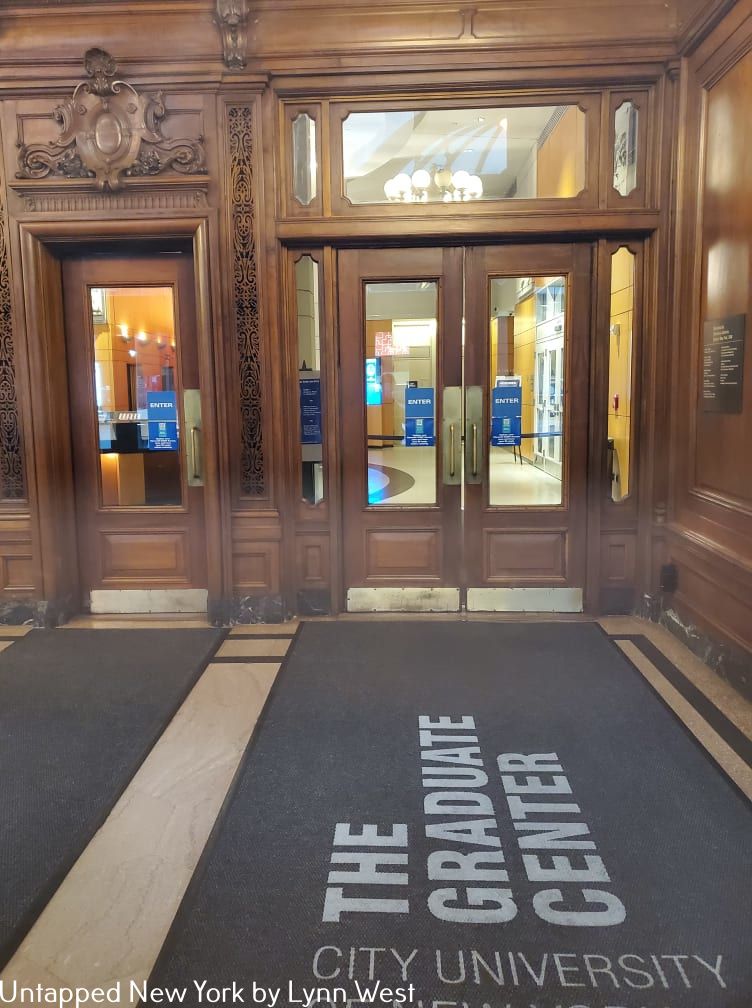
According to The Life and Legacy of Benjamin Altman by Dr. Jeann Abrams for the Altman Foundation, Altman honed his skills as a tastemaker and trendsetter, transforming New York retail. B. Altman and Co. was one of the first to have distinctive clothing departments such as women, men and children for its clientele. Likewise, B. Altman used quality fabrics for its revolutionary ready-to-wear as well as its custom-made clothing. The store also had the ingenious idea of having a dedicated buyer in Paris. Yes, B. Altman had whole departments dedicated to Parisian fashion right on 5th Avenue.
Constant competition with the New York department stores drove B. Altman to innovate. The store would create the position of “walker” to assist both customers and employees. The walker was similar to a section manager who “walked” the floors to assure quality and satisfaction. Along with this new management style, the attentive staff and uniformed elevator operators generated a standard of refinement for its well heeled customers. Not to mention, the store had a waiting room for customers to rest until their carriage driver of chauffeurs arrived. Benjamin Altman wanted to accommodate his guests’ needs, big or small. And to that end, the store had a grand awning to protect the fashionable ladies from weather and wind.
In the late 19th century, New York society had strict rules for women both married and single. Surprisingly, New York’s department stores created the original “ladies who lunch.” And B. Altman and Co. provided its guests with lovely but reputable places for tea and eventually a restaurant, thus allowing unaccompanied women to shop and eat without a chaperone or husband. By the 1930s, New York department store restaurants were evolving into charming dining locales. Not to be outdone, B. Altman’s Charleston Restaurant had not only delicious meals but also a full-size Southern porch.
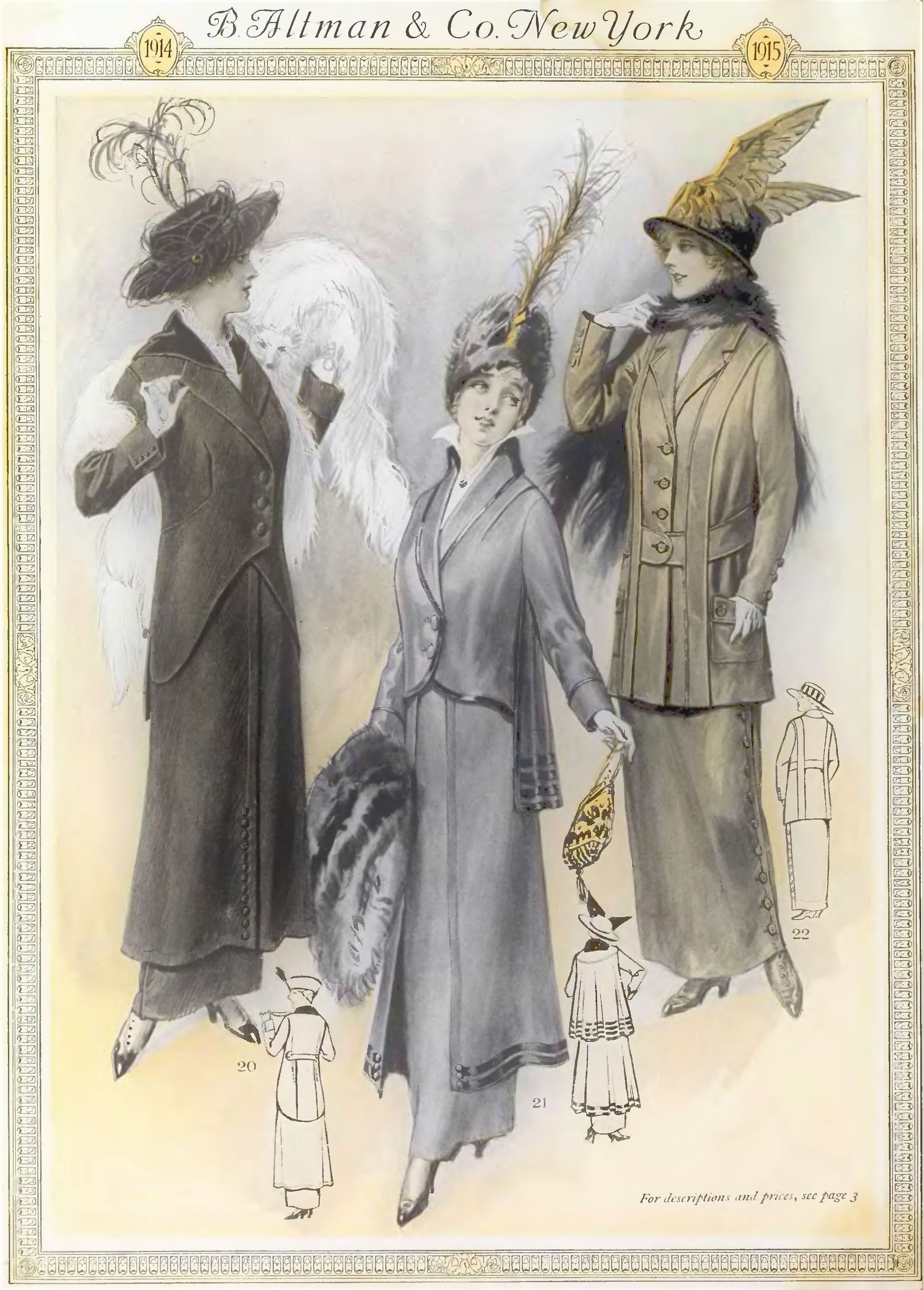
It is important to realize that after Mr. Altman’s death in 1913, the Altman Foundation took over ownership of the store. With philanthropy as its driving force, B. Altman and Co. founded a program to help employees that had not finished high school to earn their degree. Indeed, this program was the continuation of Benjamin Altman’s thoughtful approach to his staff. Altman had already initiated a shorter workweek, subsidized meals and in-house doctor and medical care for his employees. Many employees would remain at B. Altman’s for decades thanks to these benefits. Due to changing tax laws, the Altman Foundation had to relinquish control of the famous New York City Department Store, and it was sold in 1986.
By the 1980s, changing tastes and the modernity of the smaller chain store (such as the Gap) made shoppers take a another look at retail. Department stores were now thought of as old-fashioned and stuffy. With the fall of Gimbels, the formidable New York City department stores were at a loss about what to do. Once known as Macy’s rival in the film Miracle on 34th Street, if Gimbels could close, who was next? Unfortunately for B. Altman and Co., it would not be too far behind. The famed New York department store would declare bankruptcy in 1989. In November 1990, with no Santa but just a “going out of business” sale, B. Altman and Co. was no more.
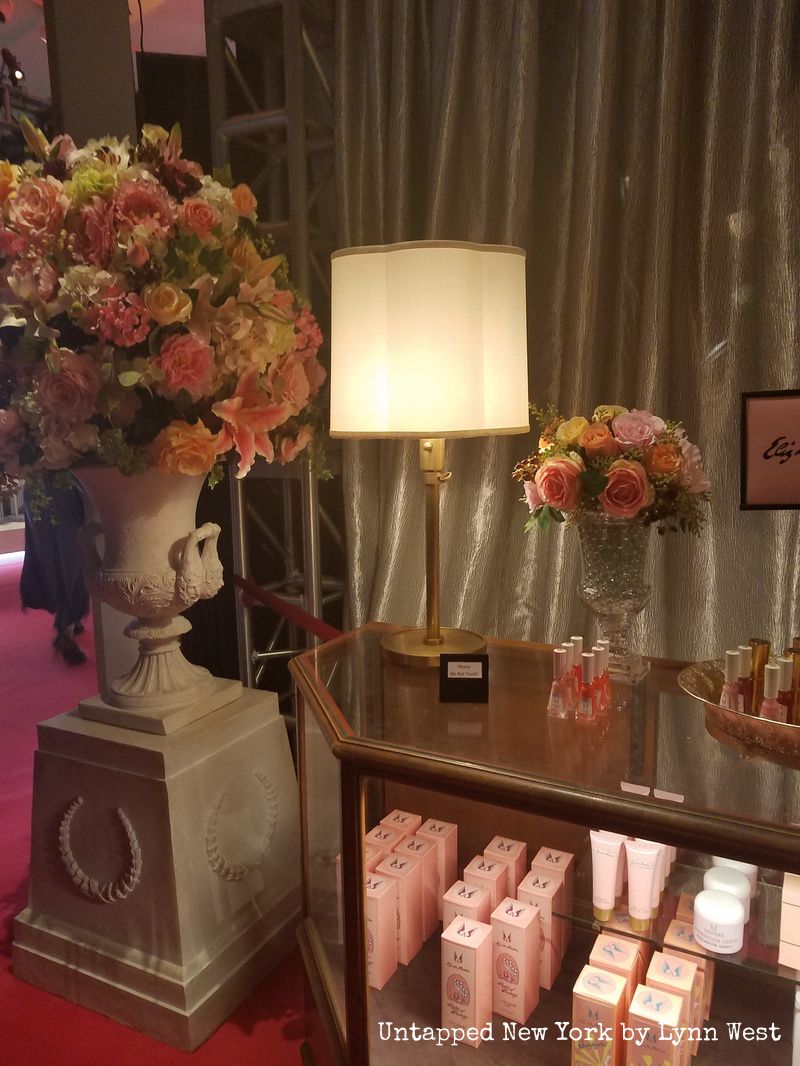
Even though B. Altman and Co. has been closed for more than 30 years, it has lived on in books (such as the 2003 novel Lucia Lucia by Adriana Trigani), movies, and most recently The Marvelous Mrs. Maisel;. In the popular show, the title character works in the makeup department. B. Altman’s magnificent architecture is still intact due to its landmark status, so exterior scenes were shot on location.
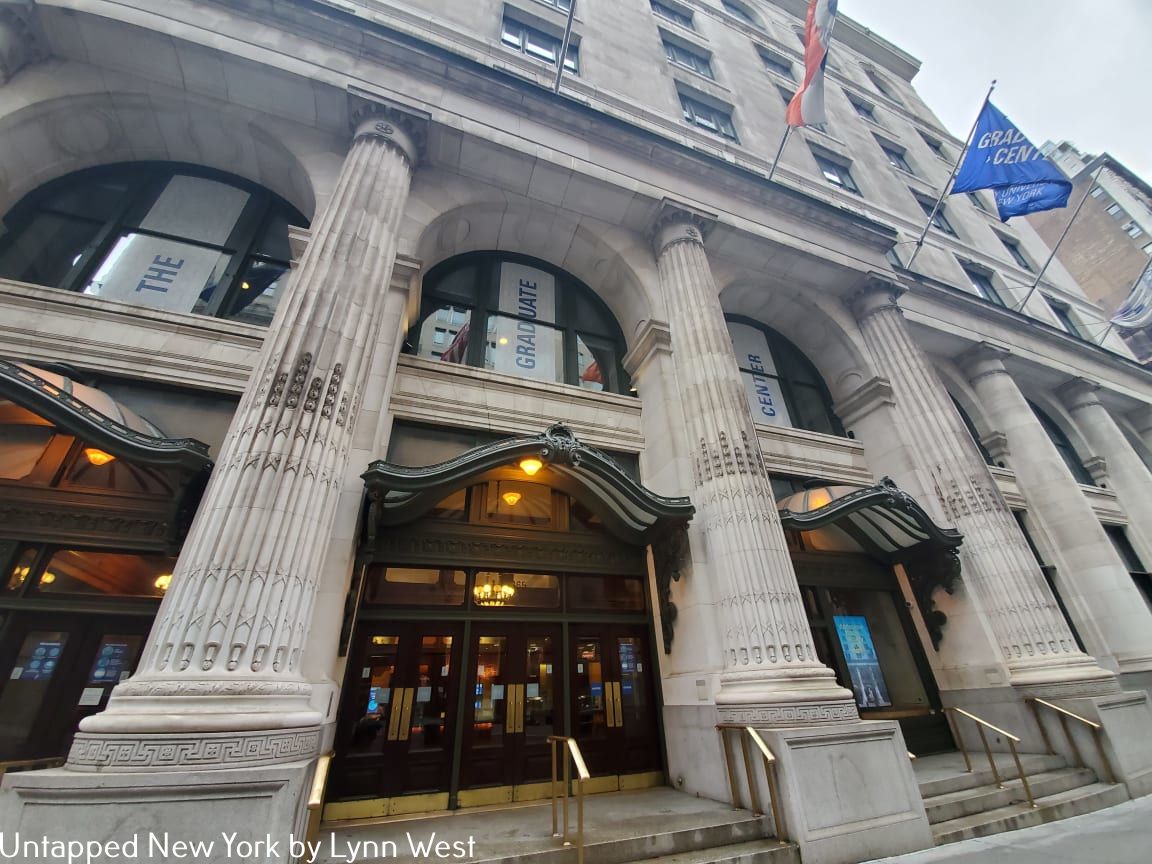
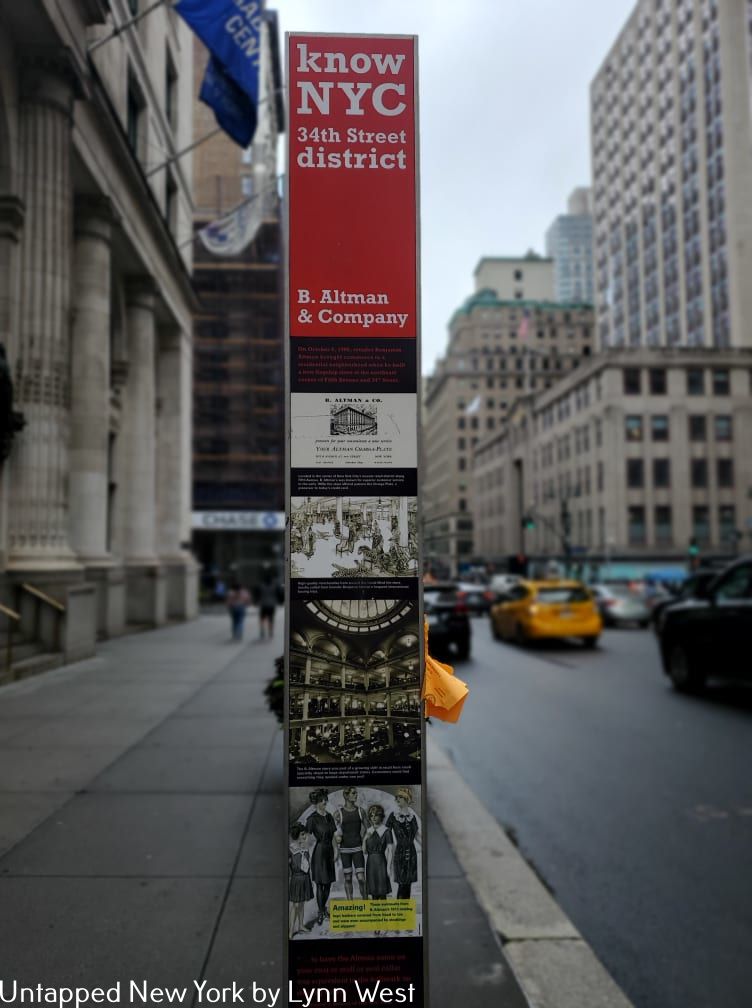
Fortunately, B. Altman’s magnificent architecture was given landmark status by the New York City Landmark Preservation Commission in 1985. In 2000, CUNY Graduate School moved into the historic building. Luckily, some of the original interior details are still intact, such as the limestone facade, large display windows, and the beautiful curvy glass canopies. Beneath, a metal frieze runs above the entrance.
Next, check out the history of 5th Avenue The Gilded Age 5th Avenue Mansions of Millionaire’s Row.
Subscribe to our newsletter